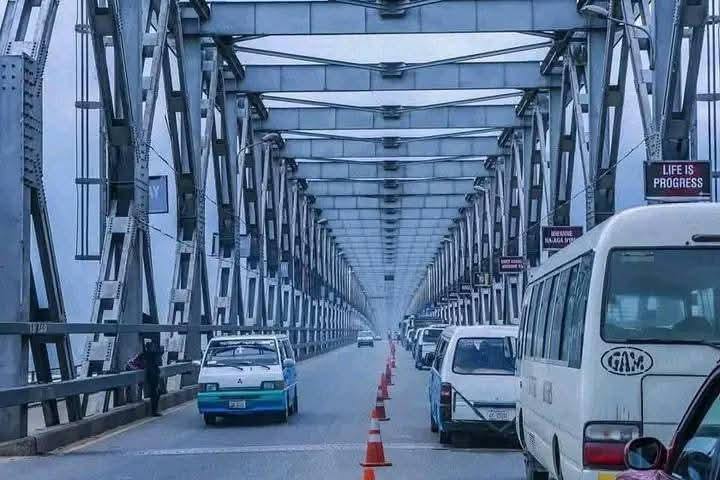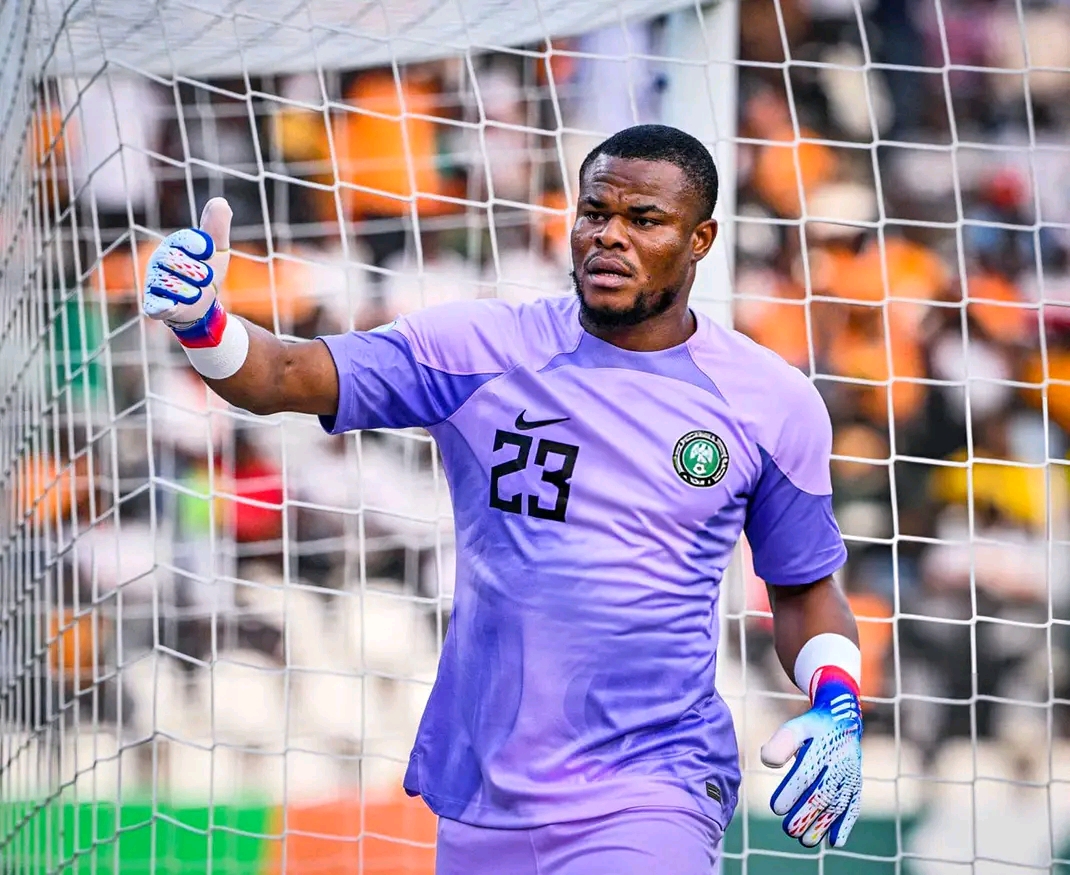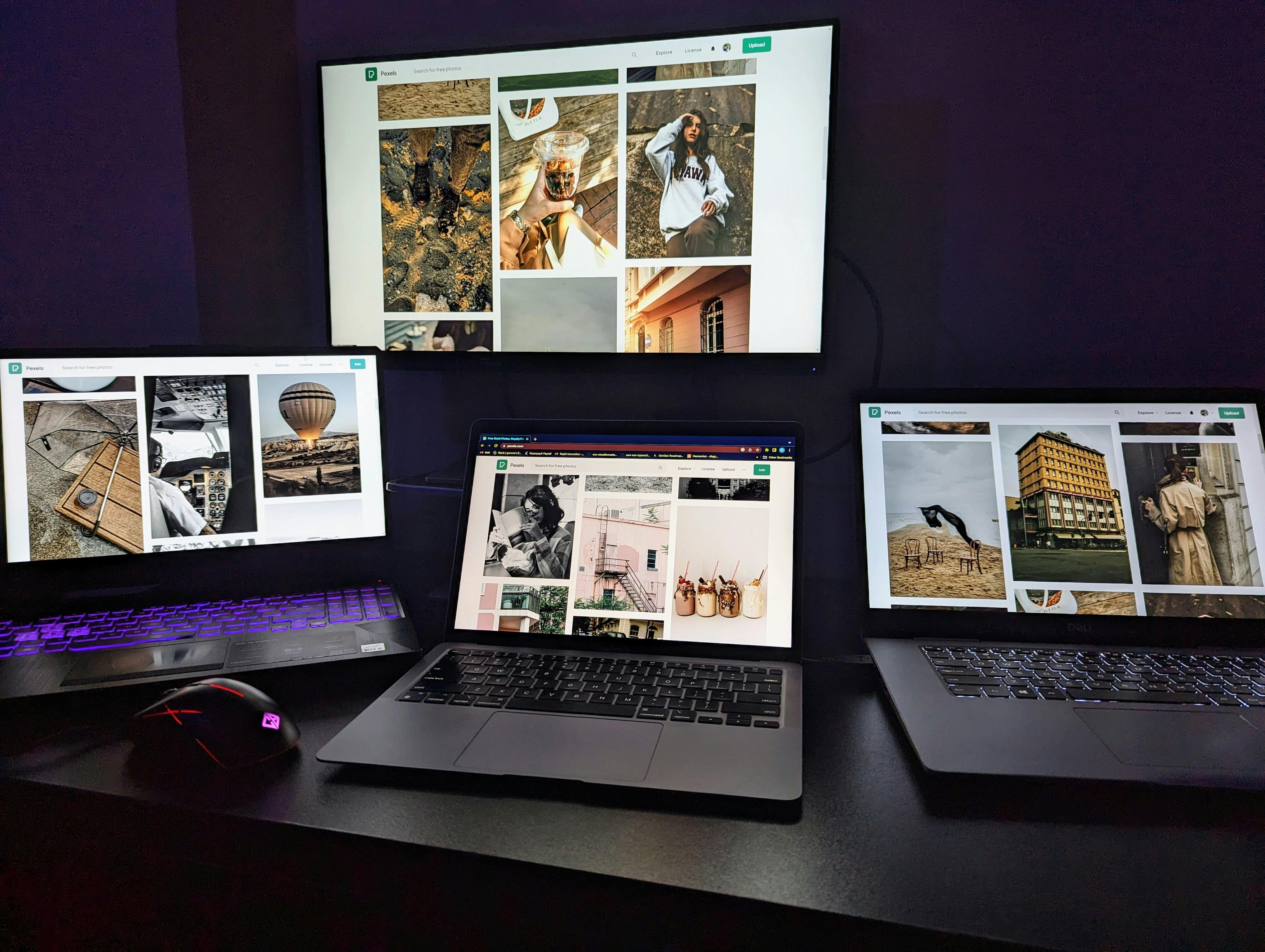
If you’ve ever driven across the Onitsha Head Bridge, you’ll understand why many Nigerians don’t just seeing it as a bridge, they see it as a symbol.
Standing tall over the River Niger, the Onitsha Head Bridge connects Onitsha in Anambra State (Eastern Nigeria) to Asaba in Delta State (Western Nigeria). But it connects much more than land — it connects people, tribes, businesses, and generations of history.
Let’s take a walk through the story, meaning, and reality of this bridge that means so much to so many.
A Brief History of the Onitsha Head Bridge
The Onitsha Head Bridge, officially called the Niger Bridge, was opened to the public in 1965, just five years after Nigeria’s independence.
The idea of the bridge came from the need to make movement between the Eastern Region and the Western Region easier and faster. Before its construction, people crossed the River Niger using ferries and wooden boats. That wasn’t just slow, it was risky and often unsafe.
The British colonial government started the plan, but it was completed after independence. Built by a German company called Dumez, the bridge cost about £5 million and became one of the largest and most important infrastructure projects in Nigeria at the time.
The bridge is about 1.4 kilometers long, and until the Second Niger Bridge opened in 2022, it carried nearly all traffic between Eastern Nigeria and the rest of the country.
What People Think About the Head Bridge
Ask different people, and you’ll get different answers.
Some say it's just a bridge. Others call it a "line between two worlds."
For many Igbos, especially those who lived through the Nigerian Civil War (1967–1970), the Onitsha Head Bridge is a powerful reminder. It was the only road connecting Biafra to the West. During the war, it was bombed several times, cutting off supplies and causing major suffering in the East. That pain lives on in stories and memories.
Some still say that once you cross that bridge, you're "back in Igbo land" — a statement that mixes pride, relief, and identity.
For travelers and traders, the bridge is a lifeline. It connects Onitsha Main Market — one of the biggest markets in West Africa, to customers and suppliers across Nigeria and beyond.
For truck drivers, it's a checkpoint. For some immigrants from the North and West, it's a place where accents, cultures, and expectations suddenly change.
So, while the bridge itself may be made of metal and concrete, the meaning behind it is emotional, political, and cultural.
The Reality: Is It Really the Tribal Boundary?
There’s a common belief that the Head Bridge marks the exact point where Igbo land ends and another tribe’s land begins — usually said to be the boundary between Igbo and non-Igbo Nigeria.
But in truth, it's more complicated.
The bridge connects Onitsha (Anambra State, Igbo) with Asaba (Delta State). But here’s the surprise: Asaba is also an Igbo-speaking community. Many people in Asaba speak the Enuani dialect, which is very similar to what’s spoken across the river.
So technically, you’re still in Igbo land on both sides of the bridge, just under different states and political zones. That means the Head Bridge is not really the boundary between Igbo and non-Igbo tribes. It’s more of a symbolic separation than a cultural one.
However, because Anambra is in Southeast Nigeria and Delta is in South-South, the bridge also marks a regional boundary in today’s political structure.
That mix of truth and belief is what gives the Head Bridge its mystery and emotional weight.
Economic and Social Importance
The Onitsha Head Bridge is one of Nigeria’s busiest road links. Every day, thousands of vehicles cross it — carrying goods, commuters, families, and dreams.
The bridge supports:
But with that importance comes pressure.
The bridge became so congested over the years that traffic jams sometimes stretched for hours or even days. This became one of the main reasons the Second Niger Bridge was finally completed in 2022, relieving some of the pressure.
Still, the original Onitsha Head Bridge remains active and relevant. It’s part of many people’s daily lives, and it still stands strong — a testament to engineering and endurance.
A Place of Memories and Milestones
For some people, crossing the Head Bridge means coming home.
For students returning from university, for traders bringing goods, or for children seeing their village for the first time — that moment of crossing the Niger River is unforgettable.
Many remember the old welcome signs: “Welcome to Onitsha. Home of Hospitality.” Or the large traffic and noise that greets you the moment your tires hit the East side.
For others, it’s a place they remember from childhood trips or family holidays. That’s why many Nigerians smile when they hear “Head Bridge” — not just because of what it is, but what it means.
Conclusion: A Bridge, A Symbol, A Story
The Onitsha Head Bridge is more than a crossing — it’s a landmark of Nigeria’s journey.
It tells stories of trade, war, peace, and unity. It carries culture on its steel and memory on its asphalt. Whether you see it as a boundary or a connector, one thing is certain — it is a bridge that has helped build Nigeria.
So next time you cross the Head Bridge, take a moment to look out at the River Niger. You’ll see more than water below — you’ll see history flowing through it.







